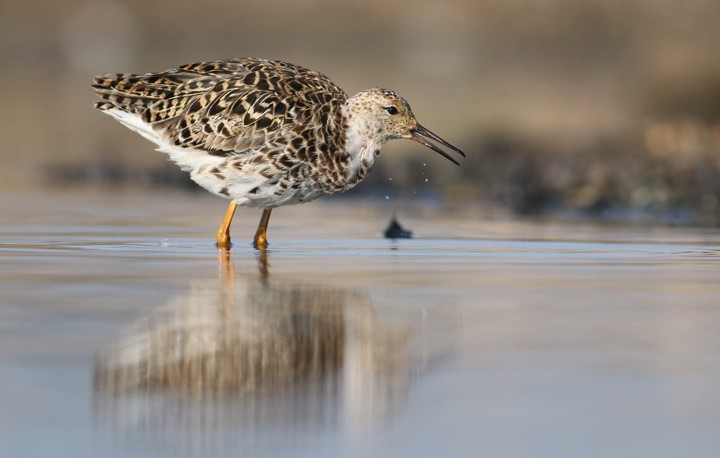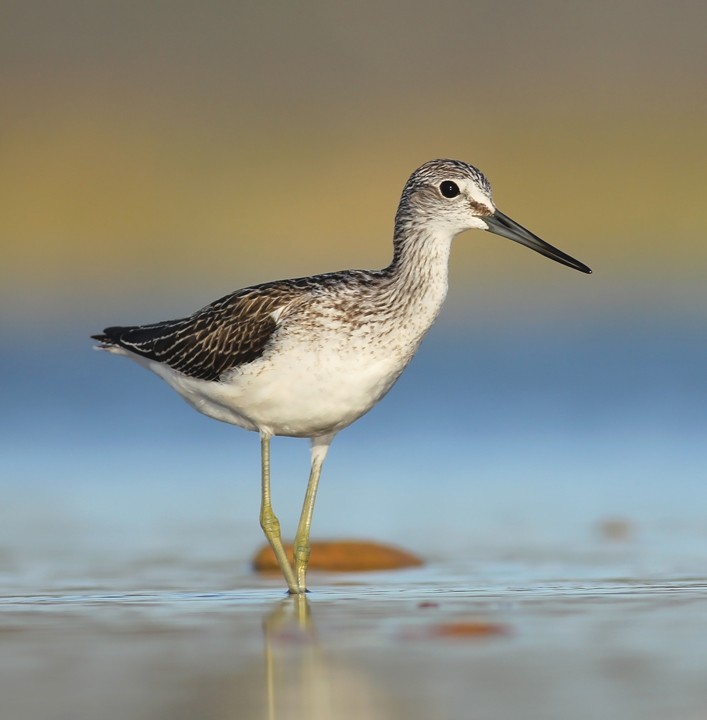Descrição
Ormož lake was created by damming river Drava for hydroelectricity production purposes in neighbouring Croatia. The lake itself is cut in half by the border between the two countries. Ormož basins were previously used as storage tanks for wastewater from the sugar factory in Ormož. Large concentrations of nutrients led to an abundance of food – the abandoned pools therefore became an important location for many nesting and migratory endangered bird species.
Detalhes
Acesso
You can get to the lake and basins either by train or intercity bus. Both stations are situated in Ormož and are fairly close. From the train station you head towards river Drava on the road in direction of the stream. After about a 10 minute walk you reach the embankment (on your right), from where you can observe the lake. If you want to reach the Ormož basins, you have to leave the embankment by crossing one of several footbridges. You continue your way on the dirt road, which turns left, leading to the basins. Here you have to be especially careful not to harass birds. On your visit therefore please stay on the dirt road. Do not walk among pools and on embankments! The visit of the lake and the lagoons will take you a whole day.
Terreno e Habitat
Terras húmidas , Rio , Lamaçais , Camas de juncoCondições
PlanoCaminho circular
Nãoé útil um telescópio?
SimBoa temporada de observação de aves
Durante todo o ano , Inverno , Primavera , OutonoMelhor hora para visitar
Migração de outono , Migração da primaveraRota
Estrada não pavimentada , Caminho largoCaminho dificil
FácilAcessível por
Pé , Bicicleta , CarroAbrigo/plataforma deobservação de aves
SimInformação extra
Lake Ormož and basins are a very important for birds. In winter you can observe the Ganso-grande-de-testa-branca , Ganso-campestre and Ganso-comum here. Many duck species, great flocks of Galeirão-comum and Águia-rabalva. Winter is also a time when the Pato-olho-d'ouro and Merganso-pequeno frequently occur. Reeds growing at the beginning of the lake are a nesting place for several species of warblers and Garça-pequena in the summer. Numerous species of gulls can be found on the lake. Occasionally rare gull species can be seen.
In spring, summer and autumn the Ormož basins are a place where you can observe different waders such as the Perna-vermelha-comum and Perna-vermelha-escuro, and (even!) Perna-verde-fino, Perna-verde-comum, Maçarico-de-bico-direito and Borrelho-grande-de-coleira. In time of migration various species of waders and dabbling ducks are present in the area. Water pools are a nesting place for Andorinha-do-mar-comum, Guincho-comum and Pernilongo. The Zarro-castanho, a species of global environmental concern, nests here as well. Singing of Frango-d'água can often be heard from the reeds in summer months, and with some luck we can also hear the Franga-d'água-bastarda and Franga-d'água-grande. In the warm half of the year we can observe the Tartaranhão-ruivo-dos-pauis (which also nests here) and in winter time the Tartaranhão-azulado often glides over the reeds.


